The biggest attic safety concerns and how to ensure yours is safe
Inspect your attic for these safety issues and take the right action to ensure it is efficient and usable
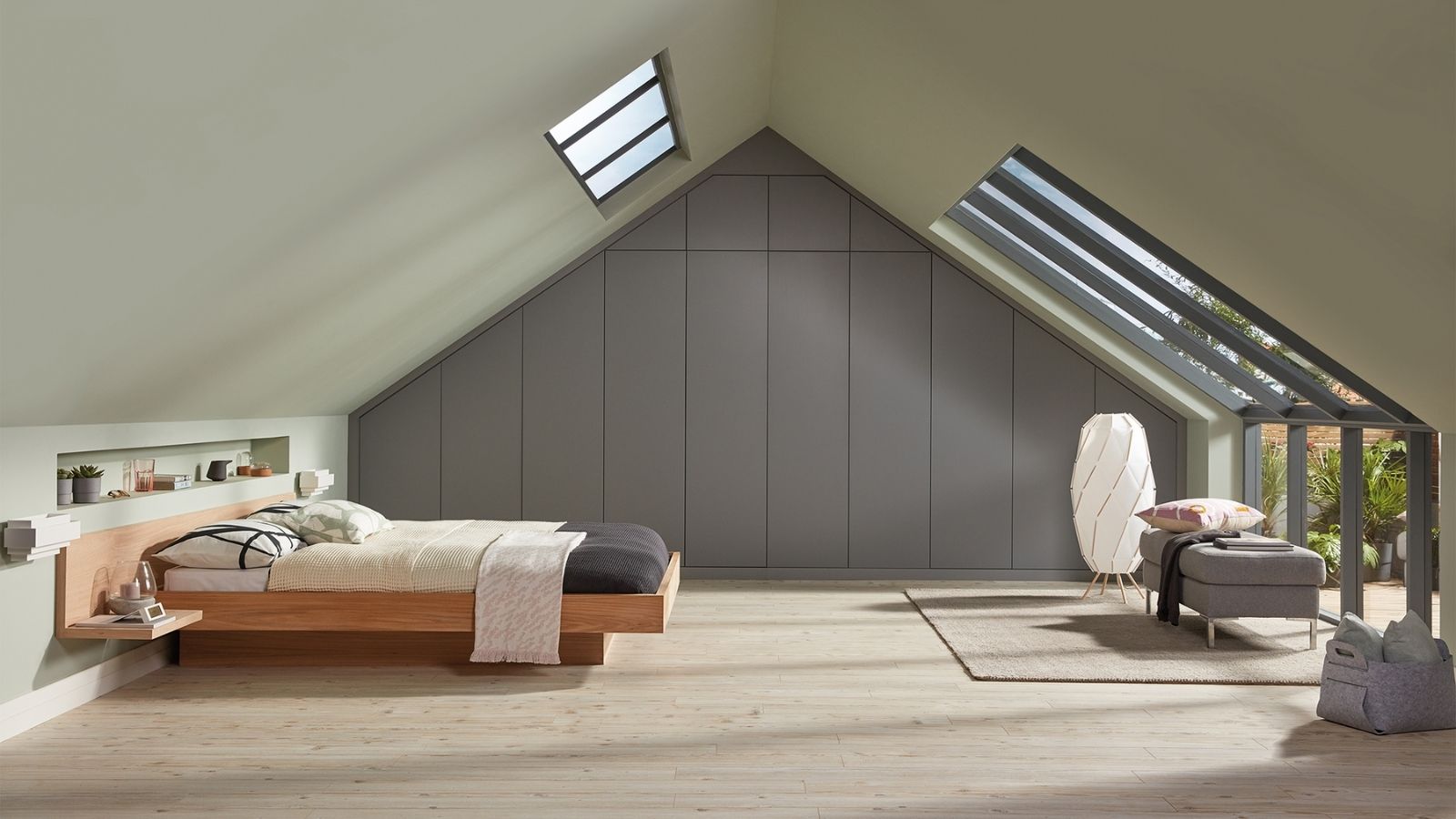

For however you intend to use your attic space, ensuring it is safe not only ensures it is suitable to use and inhabit, but will also prevent any resulting damage in the rest of your home.
Without regular inspection, maintenance, and implementing some attic safety precautions, the integrity of your attic may be compromised, leading to water damage, pest control issues, faulty wiring, and more. As well as being dangerous, these can cause issues in the rest of your home, costing you more money and effort if the problem is not resolved as soon as possible. It's important to stay vigilant and check for any signs that might indicate a problem.
Our experts have shared the biggest attic safety concerns to check for and how to ensure your attic is safe, preventing future damages and making sure you can organize your attic for whatever its purpose, without worry.
The biggest attic safety concerns and how to ensure it's safe
'It is important to inspect your attic on a regular basis, at least once every few months,' advises Zach Shelley, founder of A-List Properties. 'This will help you identify any potential safety issues before they become major problems.
'Look for signs of water damage, pest infestations, and structural damage. If you notice anything out of the ordinary, it's best to address it as soon as possible.'
1. Insulation issues
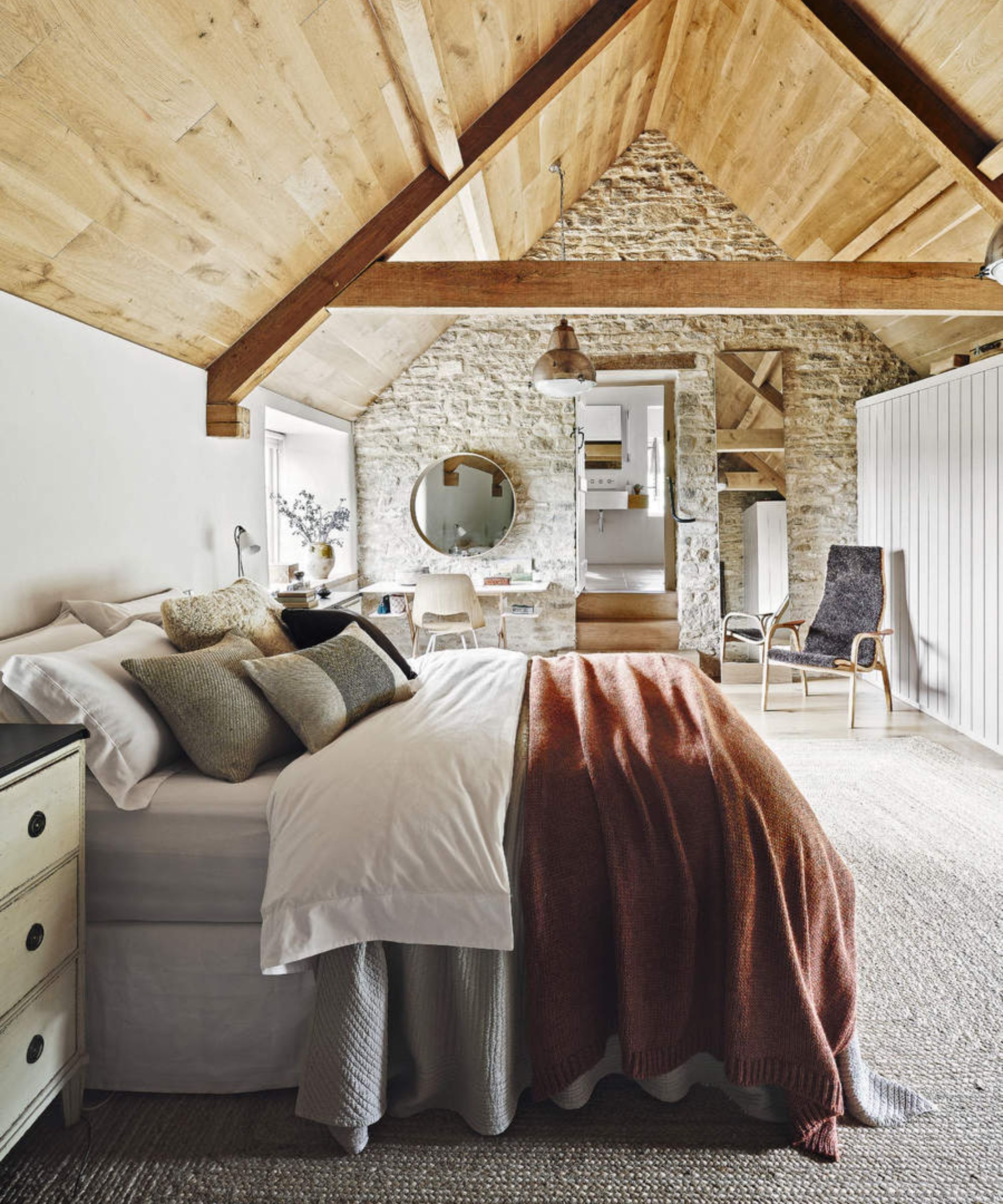
'Proper insulation is not only important for maintaining a comfortable temperature in your home, but it also plays a crucial role in attic safety,' explains Zach Shelley.
'Insulation helps to prevent the transfer of heat and cold between your living space and the attic to prevent heat loss and energy inefficiency. This can help reduce the risk of ice dams forming on your roof and can also prevent moisture build-up which can lead to mold growth.
'Make sure your attic is properly insulated and consider adding more if needed.'
Adding adequate insulation is the ideal eco-home improvement to keep your home warm during winter without extra heating costs.
Ryan Fitzgerald, owner of Raleigh Realty says, 'On the insulation front, several options like fiberglass, cellulose, and spray foam are available. However, the key is to identify signs of poorly installed or damaged insulation – look out for visible damages, air leaks, or moisture buildup.
'In one of the homes I sold, we found that poorly installed insulation was causing excessive heat in the summer, increasing the energy bills substantially. Once fixed, there was a noticeable drop in the monthly utility bills, highlighting the importance of insulation for energy efficiency.'
You can find this attic door insulation cover at Amazon, for an extra layer of insulation.
'You also want to note how well the insulation is secured, or if it's exposed,' recommends Tom Nolan, founder of home improvement company All Star Home. 'Exposed fiberglass insulation can snag on your storage items, or get caught on fabric, making a mess. Also, are there exposed wires, outlets, or nails? You'll want to take time to cover these utilities up or avoid storing items on them.'
For safety reasons, Austin Fain advises, 'Ensure that insulation is installed correctly and doesn't obstruct ventilation or come into contact with electrical wiring or fixtures.'

Tom Nolan is the founder of All Star Home, a home improvement company that helps individuals turn their house into the home of their dreams. As a home improvement expert, Tom is always looking for ways that people can live better in their homes, including minimizing clutter.
2. Inadequate ventilation
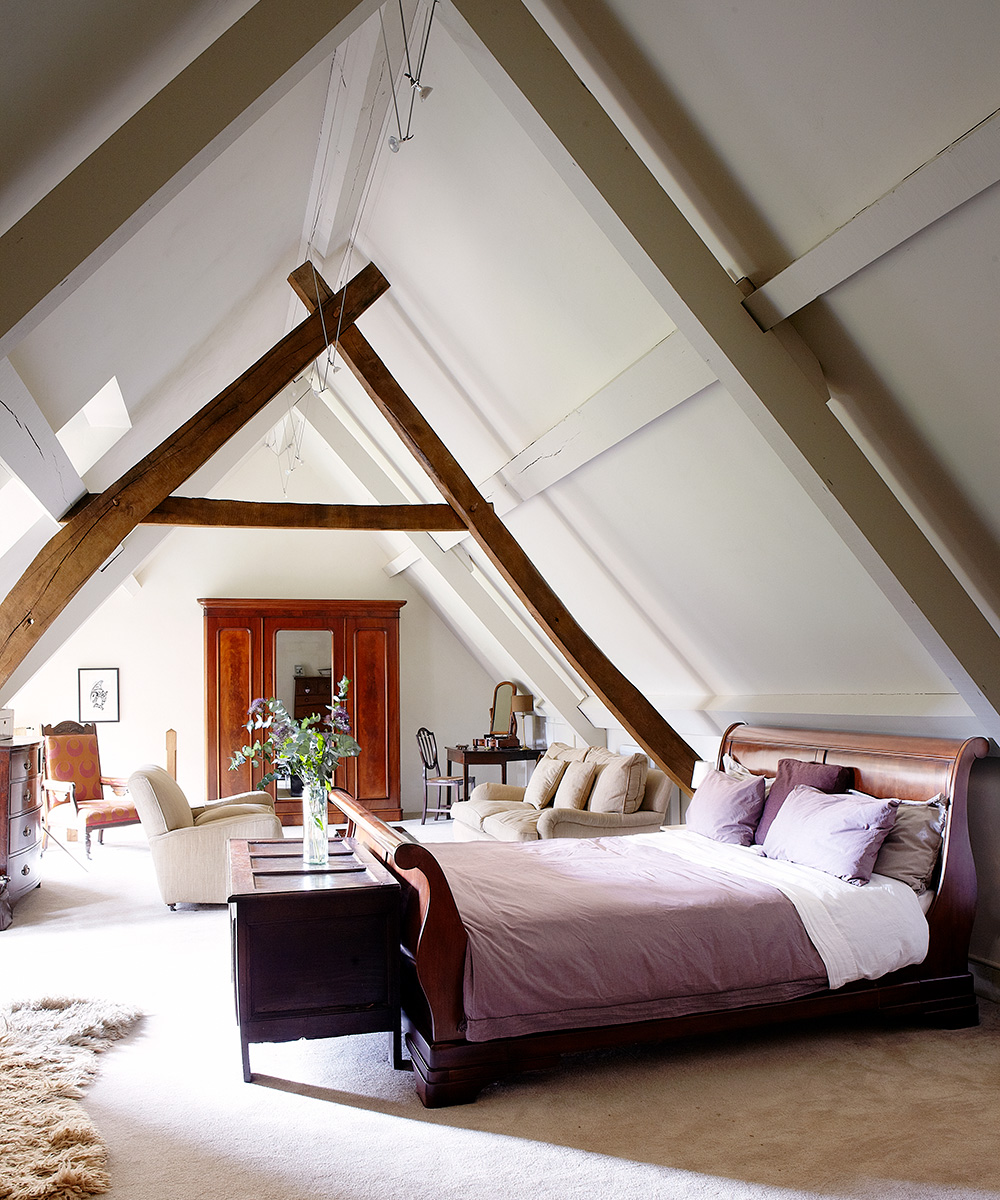
'Proper ventilation is essential for attic safety. Without proper air flow, heat and moisture can build up in your attic, creating the perfect environment for mold growth, structural damage, and potential fire hazards,' warns Zach Shelley.
'Make sure your attic has enough vents to allow for adequate air circulation. Additionally, check that there are no obstructions blocking the vents.'
Regularly check there are no issues with your existing vent systems to avoid any potential problems from escalating. Al Ruggie, marketing director for ASAP Restoration LLC explains, 'All attics have a passive ventilation system. Most often, this is just a few vents and screens to the outside. Many times, the screens that allow in fresh air from the outside get deteriorated through the weather, wear and tear, or from animals. If these screens aren't properly secured it is an open invitation for animal infestations.'
You should also, 'Check that exhaust fans or vents from your kitchen and bathrooms are not discharging moisture into the attic since this can lead to mold growth and structural damage,' says Austin Fain, owner of Perfect Steel Solutions.
3. Pest infestations

Inspect for signs of pests in your attic and immediately deal with any infestations. Pests can cause damage to insulation and wiring, the structural integrity or your attic, plus their droppings can pose a health risk.
Look for signs of pests or rodents in the attic by identifying signs such as droppings, nests, or chewed materials. If you suspect a pest infestation, contact a professional pest control service.
Ensuring your attic is properly sealed will reduce the likelihood of pests entering your attic. Additionally, we recommend this ultrasonic electric plug pest repeller, from Amazon, for roaches, rodents, mice, bugs, mosquitoes, mice, and spiders.
You can check out of guide for how to get rid of squirrels in the attic or how to get rid of bats in the attic if you are concerned these are issues you are facing.
4. Electrical wiring issues
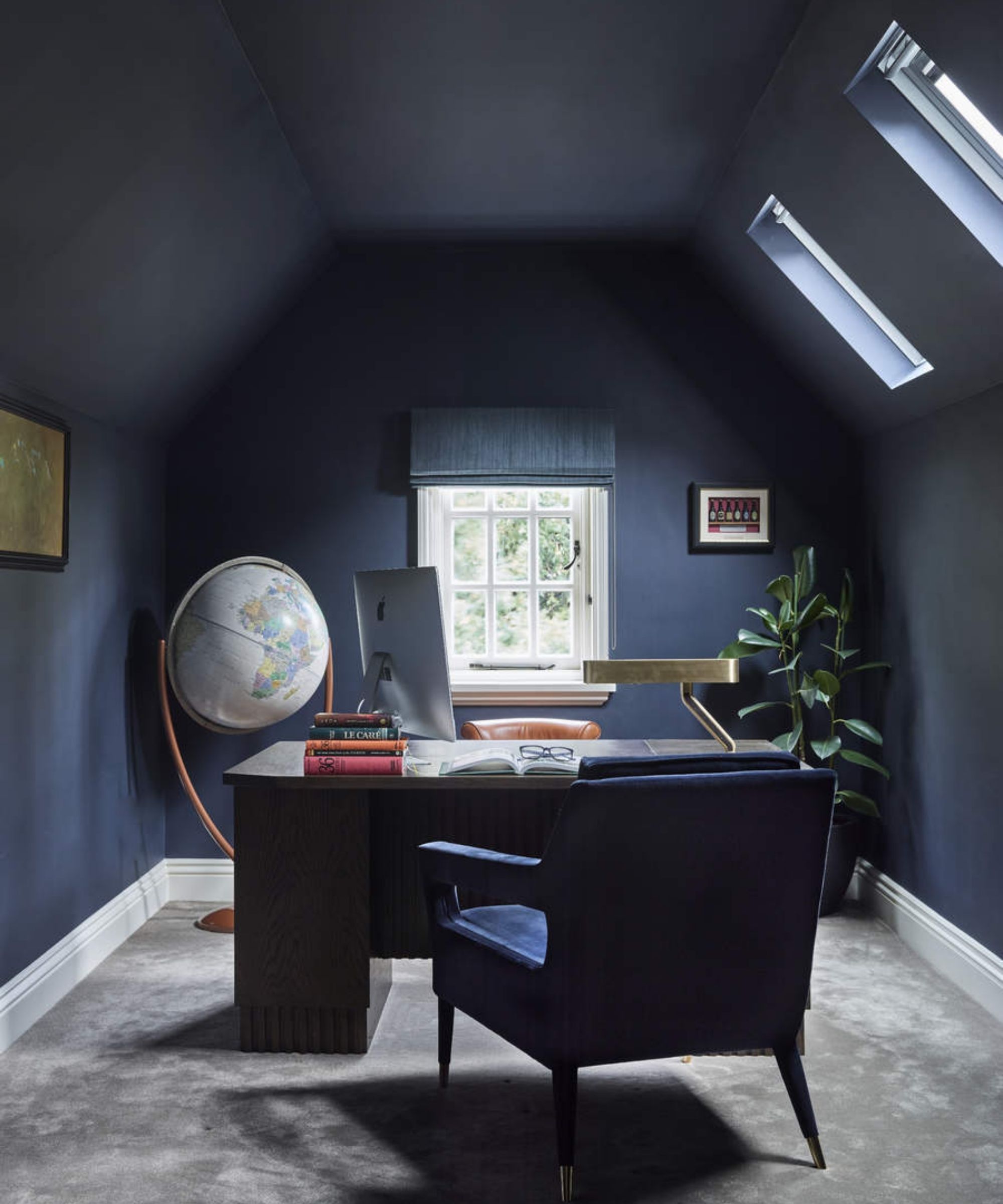
'One of the biggest safety concerns in the attic space and roof space is electrical wiring,' says Nicholas Paton, an electrician at Plateau Electrical. 'A lot of household wiring runs through the attic and ceiling space, and given that this area is often used as additional storage, boxes, furniture, and other household items tend to get moved in and out of it quite frequently, this can pose a hazard.
'The danger of this is the potential for damage to any exposed wiring.' It's important to work your electrical wiring safely and ensure there is no exposed wiring.
5. Structural problems
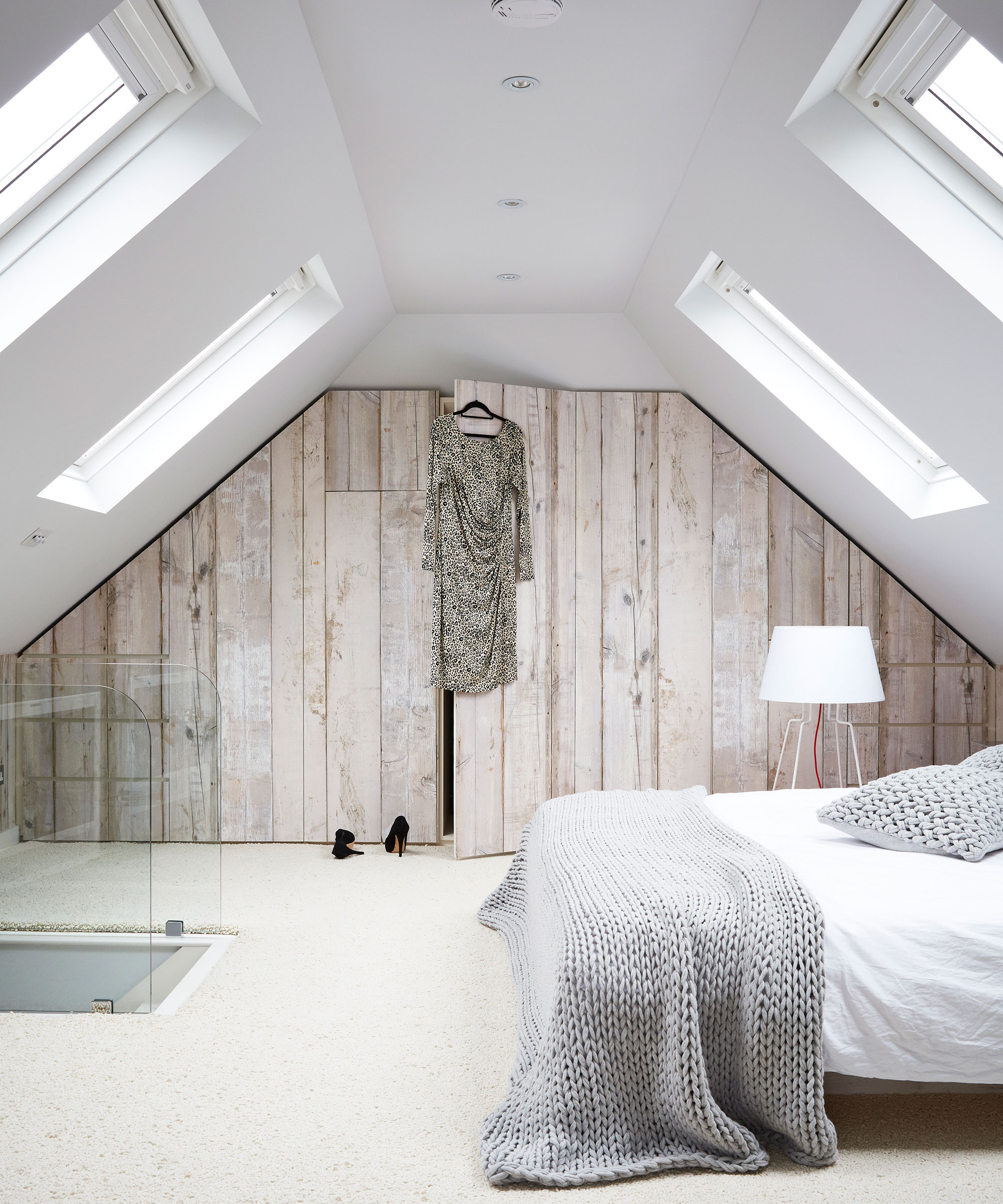
Structural damage in an attic can be one of the key issues caused by a number of other problems and can make it unsafe to use your attic as a living or storage space.
Jordan Woolf, owner of Huntsville Roofing Solutions warns, 'Attic floors and framing can become damaged over time, especially if they are not properly ventilated or if they are overloaded.'
'Inspect the attic's structural components, such as beams and joists, for signs of damage or deterioration,' says Jeremy Lesher, the co-owner of the Bluegrass Foundation Repair. 'Look for water stains or signs of leaks on the attic floor or ceiling.
'Avoid overloading the attic with heavy items that could damage the structure.' Before storing heavy items in your attic, assess the weight-bearing capacity of your attic floor by consulting with a structural engineer to determine how much weight your attic can handle.
Jordan Woolf is a dedicated and experienced entrepreneur who serves as the owner of a successful roofing company based in Alabama. With over 20 years of experience in the industry, Jordan has built a reputation for delivering high-quality roofing solutions that cater to residential and commercial clients across the state.
6. Fire hazards

'Attics can be fire hazards,' says Jordan Woolf, 'especially if they contain flammable materials such as insulation, cardboard boxes, or old furniture.
'Be sure to keep your attic clean and free of clutter, and avoid storing flammable materials there.'
Ensure that electrical wiring and outlets in the attic are up to code and well-maintained to prevent electrical fires, and install smoke detectors. You can find this battery fire alarm from Amazon.
'You can also install a fire-resistant barrier between the attic and the rest of the house, especially if the attic is used for storage,' recommends Austin Fain.
FAQs
How do you keep attic storage protected?
'Often we find things in attics get destroyed by pests or water damage from roof leaks. Consider attic air sealing, this will keep your storage safe from water damage, pests and temperature variability,' recommends Russell Palmer from water damage restoration company Orange Restoration.
Air sealing will seal fixtures in the attic that penetrate the floor or ceiling with caulk, aluminum flashing, or spray foam.
Be sure to install proper lighting in your attic to ensure good visibility when you need to access or inspect it. This is essential for your own safety as well as being able to identify any issues with your attic.
You can use battery-powered, motion-activated lights if electrical wiring is not a viable option. We recommend this motion sensor indoor light, from Amazon.
Sign up to the Homes & Gardens newsletter
Design expertise in your inbox – from inspiring decorating ideas and beautiful celebrity homes to practical gardening advice and shopping round-ups.

Lola Houlton is a news writer for Homes & Gardens. She has been writing content for Future PLC for the past six years, in particular Homes & Gardens, Real Homes and GardeningEtc. She writes on a broad range of subjects, including practical household advice, recipe articles, and product reviews, working closely with experts in their fields to cover everything from heating to home organization through to house plants. Lola is a graduate, who completed her degree in Psychology at the University of Sussex. She has also spent some time working at the BBC.
-
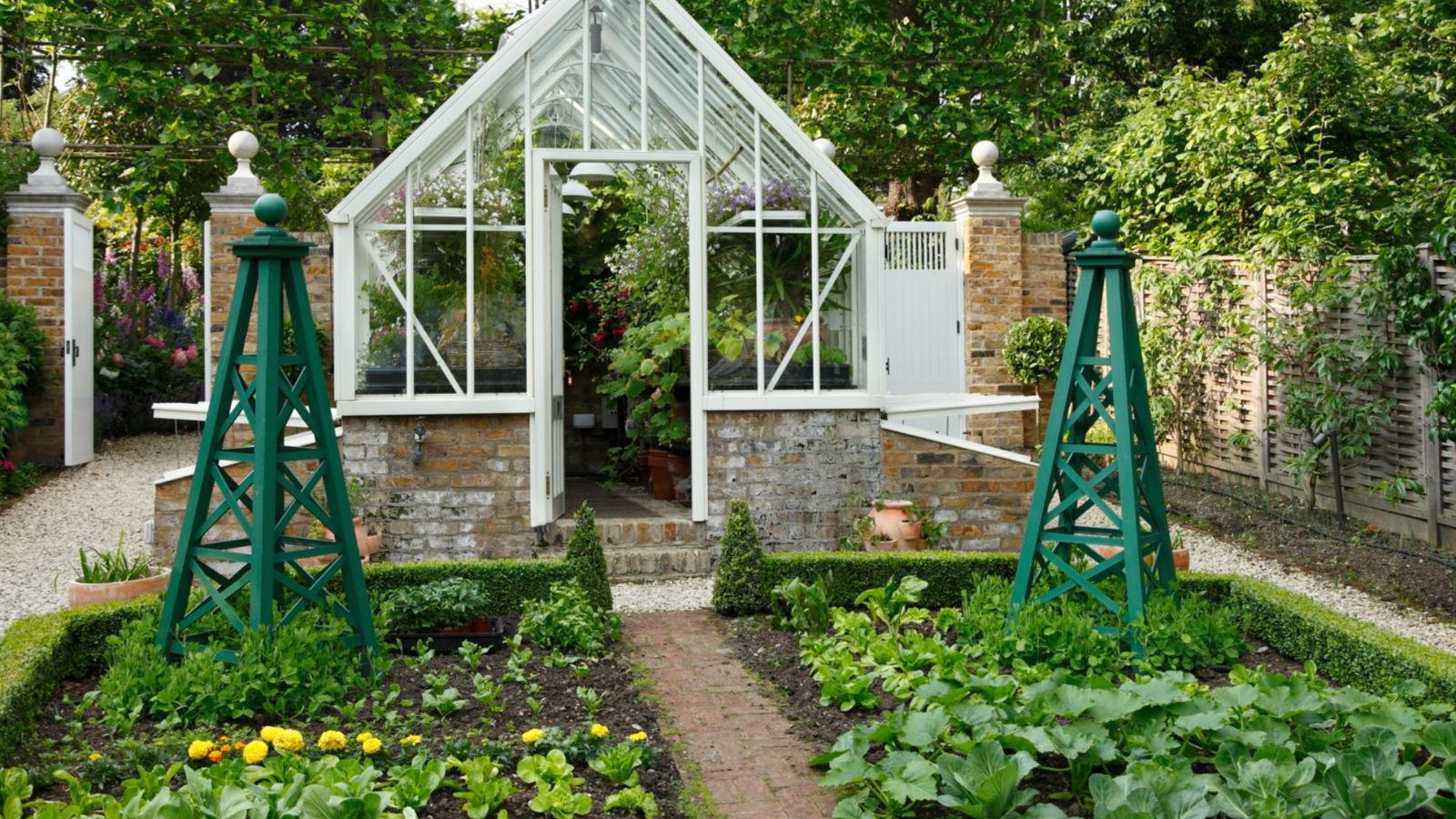 The long-awaited ALDI $40 raised bed garden planter is finally back, and it is perfect for small gardens and apartments
The long-awaited ALDI $40 raised bed garden planter is finally back, and it is perfect for small gardens and apartmentsThis highly-rated wooden planter sells out every year, so be fast
By Jennifer Ebert Published
-
 Best types of delphiniums – 14 stunning varieties for vibrant flower spikes in your yard
Best types of delphiniums – 14 stunning varieties for vibrant flower spikes in your yardPlants Here are our top types of delphiniums for brightening summer borders
By Holly Crossley Published